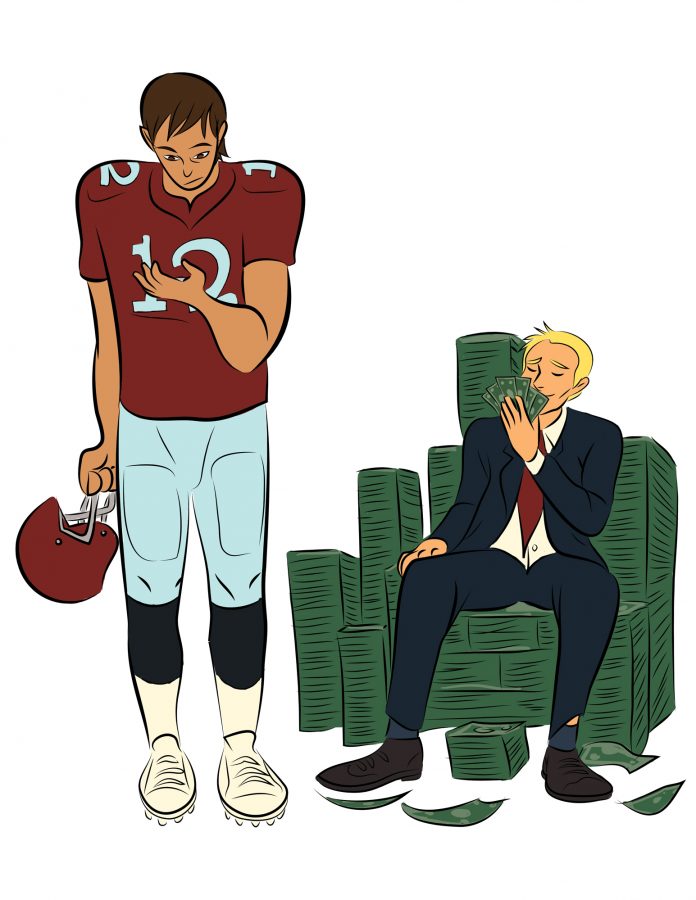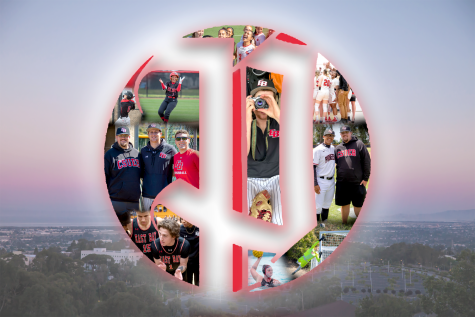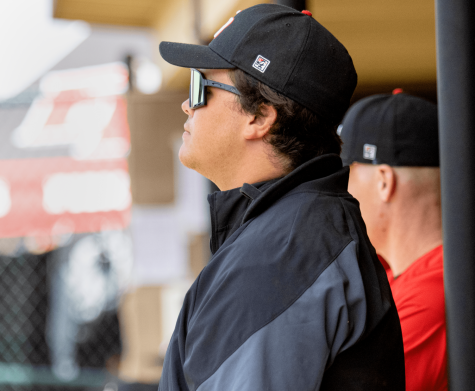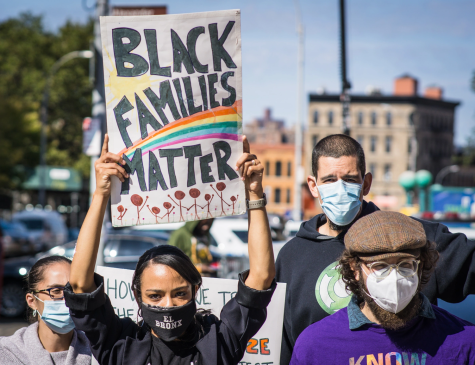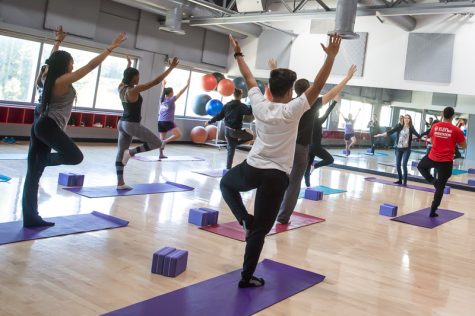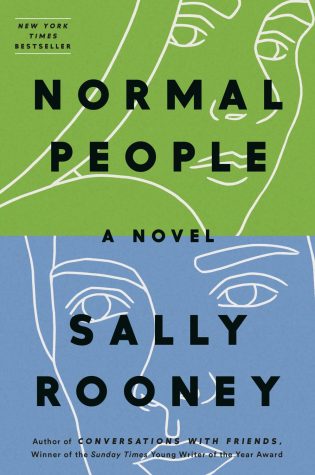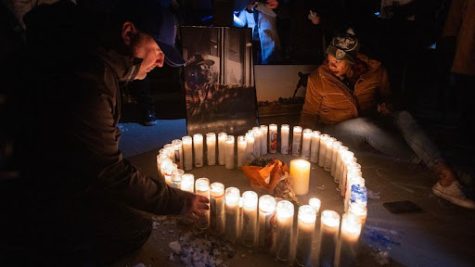Should NCAA pay its athletes?
June 9, 2016
Amateurism. It is a core value of the National Collegiate Athletic Association that means student athletes cannot be compensated for anything more than the costs to attend their colleges or universities.
UCLA, a Division I school, recently signed a 15-year, $280 million deal with activewear brand Under Armour — the largest sponsorship deal in college sports history — but none of their athletes will see a dime of that.
In 2014, the NCAA signed a $10.8 billion deal to have their events televised. They claim that their primary mission is to educate, but student athletes feel compelled to spend 40 or 50 hours a week in press conferences and other related time commitments.
How is “amateurism” fair to their “amateur” athletes? The NCAA claims to be a “non-profit” organization, but then turn around and make money and sign lucrative deals like these.
Why?
You can’t have it both ways, NCAA.
This new Under Armour deal with UCLA is the largest shoe and apparel sponsorship in college sports history. As a result of this deal, the agreement will pay UCLA $15 million in cash up front. The school will then receive $11 million annually in rights and marketing fees. Under Armour has also committed to supplying an average of $7.4 million in clothing, shoes and equipment, and an additional $2 million over the next eight years for upgrades to their facilities, according to the LA Times.
But besides all the free gear related to their sports programs and upgrades to the school’s sport facilities, how else does this deal help any of their athletes? How do these athletes that train under coaches that are paid millions of dollars to coach them, get any sort of compensation for their work? A pat on the back and a trophy?
NCAA’s rules on amateurism states that students are not allowed to accept any compensation from sports teams, receive salaries, awards, gratuity or incentive payments. However, this Under Armour deal looks pretty shiny, filled with incentives for UCLA to keep their products pumped into locker rooms and around the school.
This idea that athletes aren’t allowed to be paid seems trivial after looking at that deal. If the trend is to sign crazy $280 million deals like this, wouldn’t it seem fair to give every student that plays for “pro-profit” sports like basketball, football and baseball a full-ride scholarship? That would seem to make sense as a way to “pay” their athletes for work and awards that they bring into their schools.
The NCAA claims that they are non-profit, but their members are currently playing in championships with billion-dollar television deals.
During the month of March, the NCAA Tournament, March Madness, becomes a version of the NBA. The NCAA national title games have a Super Bowl-esque feel to the and they generate huge revenues. Everything is big, the turnout of fans seems to break records every year, but the only thing that differs between this tournament and an NBA Finals championship game? These players return to their classrooms and school campuses in the following week, not go on a vacation.
The common contradiction within the NCAA is that when it comes to college sports they seem to be turning into professional-amateur athletes. According to a Harris Poll in 2014, college football was the third-most popular sport in the country, just trailing the NFL and Major League Baseball.
However, with all these big contracts to schools, coaches and apparel, there is still some good news for athletes.
In September 2015, while college students shouldn’t be expecting any big payments or NFL-sized contracts for their athletic exploits in their near future while in school — even though they are the reason these multi-dollar beast of merchandise deals and ticket sales rocket upwards — the good news is that the use of stipends, or discretionary funds provided by colleges can help sport participants defray their living and travel costs, according to an CNBC article.
As college students, we know that work and school are two challenging things to balance. For a Division I athlete means even less time to work. Now schools will step in to help yield the costs for those students athletes that lack the time for a normal job. These stipends would go for things such as groceries during the week, or for those that are back east during the long winters, extra winter clothes.
Another interesting note to take into consideration is in 2015, former and current college athletes sued Electronic Arts Sports for making a video game that used their names, images and likeness. The agreement said that these students are entitled to shares of the $60 million in settlements, according to USA Today Sports.
Typically NCAA rules specifically state that their athletes are not to be paid for their names, images and likeness. That they are to remain “amateur status.” But when the video game settlement occurred in 2015, the NCAA allowed a “blanket eligibility waiver” for any of their current college students who received money from that settlement, according to CBS Sports.
So while student athletes are still to remain amateur and not accept payment or compensation of any kind for their sports, there still seems to be small glimmer of hope with their shiny new stipend deal. And at least for one moment, those college athletes were finally paid — for appearing in video games.




